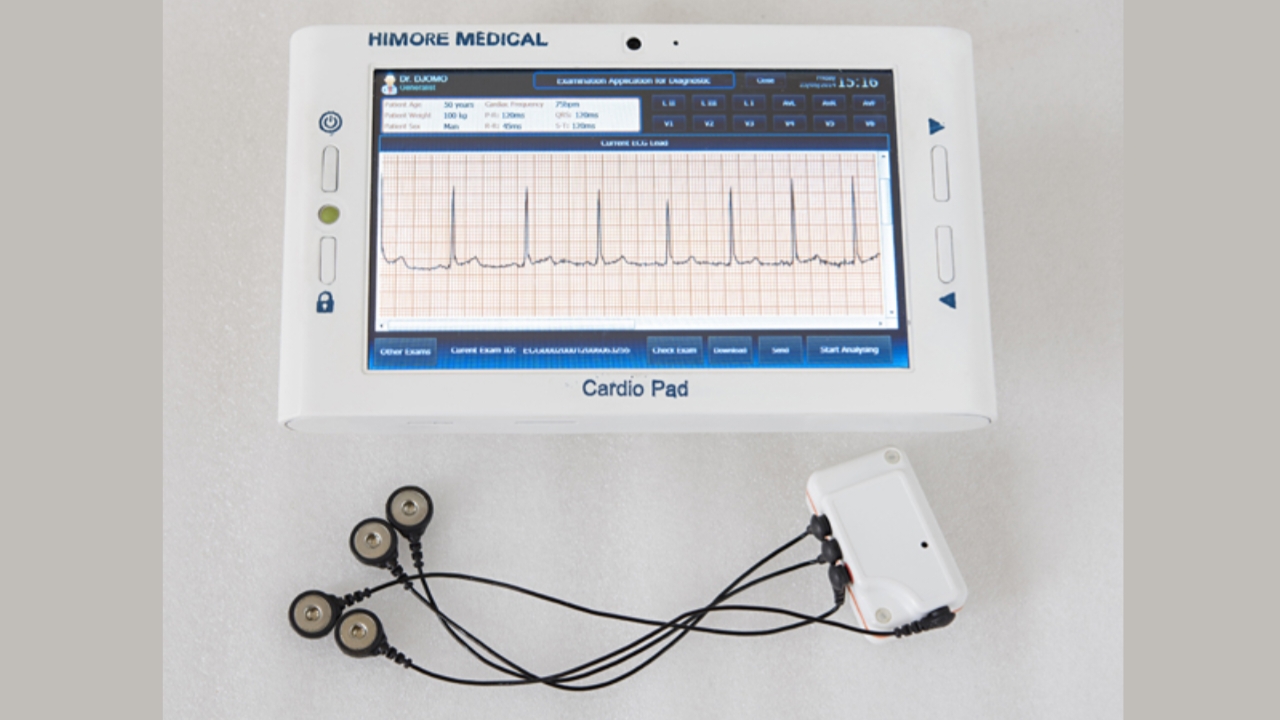Unlock Peak Performance: When to Take Magnesium for Your Workout
:max_bytes(150000):strip_icc()/Health-GettyImages-MagnesiumBeforeOrAfterWorkout-1012169458424c3791686bd6c68427e5.jpg)
Magnesium plays a critical role in various bodily functions essential for athletes, including muscle function, energy production, and recovery. Due to the increased demands from intense physical activity, athletes often require 10-20% more magnesium than less active individuals. Prolonged and intense exercise can deplete magnesium levels, making supplementation a valuable consideration for optimizing performance and recovery. Low magnesium levels can manifest as muscle weakness, cramping, and an increased risk of muscle damage.
When considering magnesium supplementation, the timing can influence its benefits. Taking magnesium before or after workouts is generally recommended to support muscle recovery and decrease fatigue. Some studies suggest that consuming a magnesium supplement approximately two hours before intense exercise may enhance performance and alleviate muscle soreness. This is partly because magnesium helps regulate glucose, which can delay lactate accumulation during high-intensity (anaerobic) exercise. Lactic acid build-up is a primary cause of muscle fatigue, so delaying its onset can be beneficial for sustained performance.
The benefits of magnesium extend to post-workout recovery as well. Clinical studies indicate that sufficient magnesium intake may improve overall health and ease muscle soreness. While more research is needed to definitively determine the optimal post-workout timing for significant relief, pre-workout supplementation has shown promise in helping to delay or prevent muscle soreness and fatigue. For example, a study involving competitive cyclists who took a 400-milligram magnesium supplement daily throughout a competition showed improved muscle strength and tone, and potentially faster recovery.
To meet fitness-related magnesium needs, the adult recommended daily allowance (RDA) is 310-320 milligrams for women, 400-420 milligrams for men, and 350-360 milligrams for pregnant individuals. For muscle recovery support, studies on magnesium and exercise suggest an intake of 300 to 500 milligrams. Beyond supplements, incorporating magnesium-rich foods into the diet is crucial. Excellent sources include nuts and seeds (such as pumpkin seeds, chia seeds, almonds, and cashews), spinach, soy milk, edamame, black beans, brown rice, peanut butter, and dark chocolate.
When choosing a magnesium supplement, certain forms are more readily absorbed by the body. Magnesium citrate, magnesium lactate, and magnesium chloride are generally better absorbed than magnesium oxide or magnesium sulfate. Magnesium citrate, in particular, may be optimal for recovery needs. However, the precise timing, dosage, and specific type of magnesium best suited for muscle recovery still require further research.
Despite its benefits, there are considerations when taking magnesium. Certain medications, like diuretics and proton-pump inhibitors (PPIs), can lead to magnesium loss, while magnesium can interfere with the absorption of some drugs, such as the antibiotic tetracycline. Athletes and active individuals should consult a doctor to determine their personal magnesium needs, given their increased requirements. Women may also have greater magnesium needs due to hormonal fluctuations during the menstrual cycle, particularly changes in progesterone and estrogen during the follicular phase, which can influence magnesium levels. This hormonal interplay often explains cravings for magnesium-rich foods like chocolate during menstruation.
You may also like...
The Cardiopad: How An African Innovation Rewired Cardiac Care in Africa

How a medical tablet transformed cardiac diagnosis across Africa, reshaping healthcare access and proving that African i...
Fulham's Raúl Jiménez Ends Year-Long Penalty Wait with Crucial Conversion

Raúl Jiménez scored a crucial penalty for Fulham against Nottingham Forest, securing a 1-0 win and extending his perfect...
Shockwaves! Oscars Ditch Traditional Broadcast, Move to YouTube – A Win for Niche Categories?

The Academy Awards are set to make a significant move to YouTube in 2029, departing from traditional ABC broadcasts. Thi...
Exclusive: 'Assassin's Creed' Netflix Series Snags Acclaimed Director Johan Renck

Netflix's live-action “Assassin’s Creed” series has named Emmy-winning “Chernobyl” director Johan Renck as its helmer, w...
Holiday Reign Continues: Mariah Carey & Wham! Dominate Global Charts!

Mariah Carey's 'All I Want for Christmas Is You' made history with its 20th week atop the Billboard Global 200, setting ...
Sphere-Sational Debut: Timothée Chalamet Makes History Atop Las Vegas Landmark!

Timothée Chalamet has launched an unprecedented marketing campaign for his new film, "Marty Supreme," including being th...
Ashaolu Prevailer's 2025 Turnaround: From Intense Struggle to Business Success!

A 15-year-old reflects on a challenging yet transformative 2025, marked by personal illness and family financial struggl...
Wrestling Legend Goldberg Launches 'The Golden Clan' for Nigerian Football Fans!

Goldberg has launched 'The Golden Clan' campaign, bringing together cultural tastemakers Kunle Remi, Shaffy Bello, Brown...

:max_bytes(150000):strip_icc()/best-foods-for-immune-system-11857092-569d39f6e054420c995bd4b495b419dd.jpg)
:max_bytes(150000):strip_icc()/Health-GettyImages-1259023842-1a722e1843544f5584280fde00b4c944.jpg)
:max_bytes(150000):strip_icc()/Health-GettyImages-658578108-fb7eeb611c614acfbaea35425b0e5c3d.jpg)
:max_bytes(150000):strip_icc()/Beans-a5fd4ef5f4ca4b36a7e28f419c487bb3.jpg)